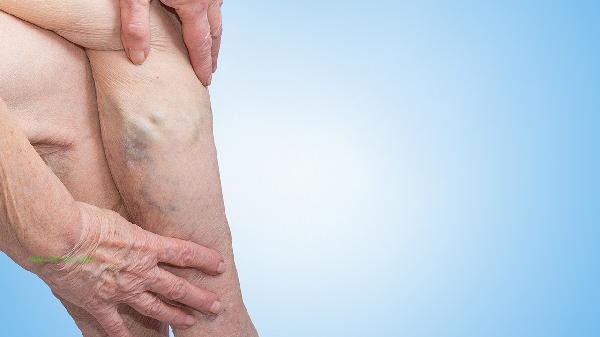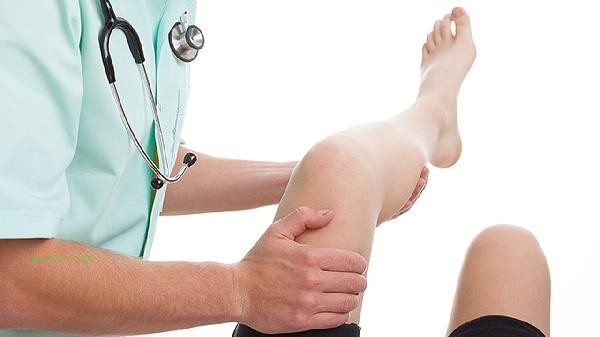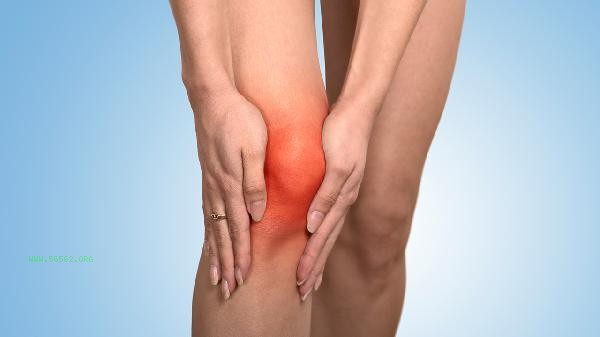The average time for a 50 year old person to stand on one leg is between 20-40 seconds, and the actual duration is influenced by factors such as balance ability, muscle strength, joint health, nervous system function, and daily exercise habits.

1. Balance ability
Balance ability is the foundation of standing on one leg, and the vestibular function, visual system, and proprioception work together to maintain body balance. After the age of 50, the vestibular organ function gradually declines, and some people may experience mild dizziness, leading to a shortened standing time. Suggest improving through low-intensity training such as standing on one leg with closed eyes and yoga tree exercises.
2. Muscle Strength
The strength of lower limb muscles, especially the triceps and quadriceps, directly affects standing stability. After the age of 50, muscle mass decreases every year, and the number and cross-sectional area of muscle fibers decrease. Resistance training such as wall squatting and heel lifting exercises can be used to delay the decline. Exercising three times a week can effectively maintain muscle strength.
3. Joint Health
Degenerative changes in the knee and ankle joints are more common in the 50 year old population, and cartilage wear may cause pain or discomfort while standing. Patients with osteoarthritis usually have significantly reduced single leg standing time, and low impact exercises such as water sports or cycling can reduce joint load.

4. Nervous System
The central nervous system's ability to regulate muscles decreases with age, and a decrease in nerve conduction velocity can affect the agility of posture adjustment. Chronic diseases such as diabetes may aggravate peripheral neuropathy, resulting in abnormal results of standing balance test, and blood glucose levels need to be monitored regularly.
5. Exercise Habits
People who maintain regular exercise for a long time generally have better standing time than those who sit for a long time. traditional exercises such as Tai Chi and Baduanjin can significantly improve dynamic balance ability. It is recommended to engage in 150 minutes of moderate intensity aerobic exercise combined with 2 strength training sessions per week. After the age of 50, standing ability can be evaluated through an improved balance test: choose to practice next to a stable support, stand alternately with both feet, and gradually extend to 1 minute. If frequent falls or standing time is less than 10 seconds, potential problems such as osteoporosis and cerebral blood supply deficiency should be investigated. In daily life, it is recommended to engage in safe training such as standing on tiptoes and walking with a golden rooster, and to pair it with a diet rich in calcium and vitamin D, such as milk, dark green vegetables, salmon, etc. If necessary, supplement with glucosamine under the guidance of a doctor to protect the joints.





Comments (0)
Leave a Comment
No comments yet
Be the first to share your thoughts!